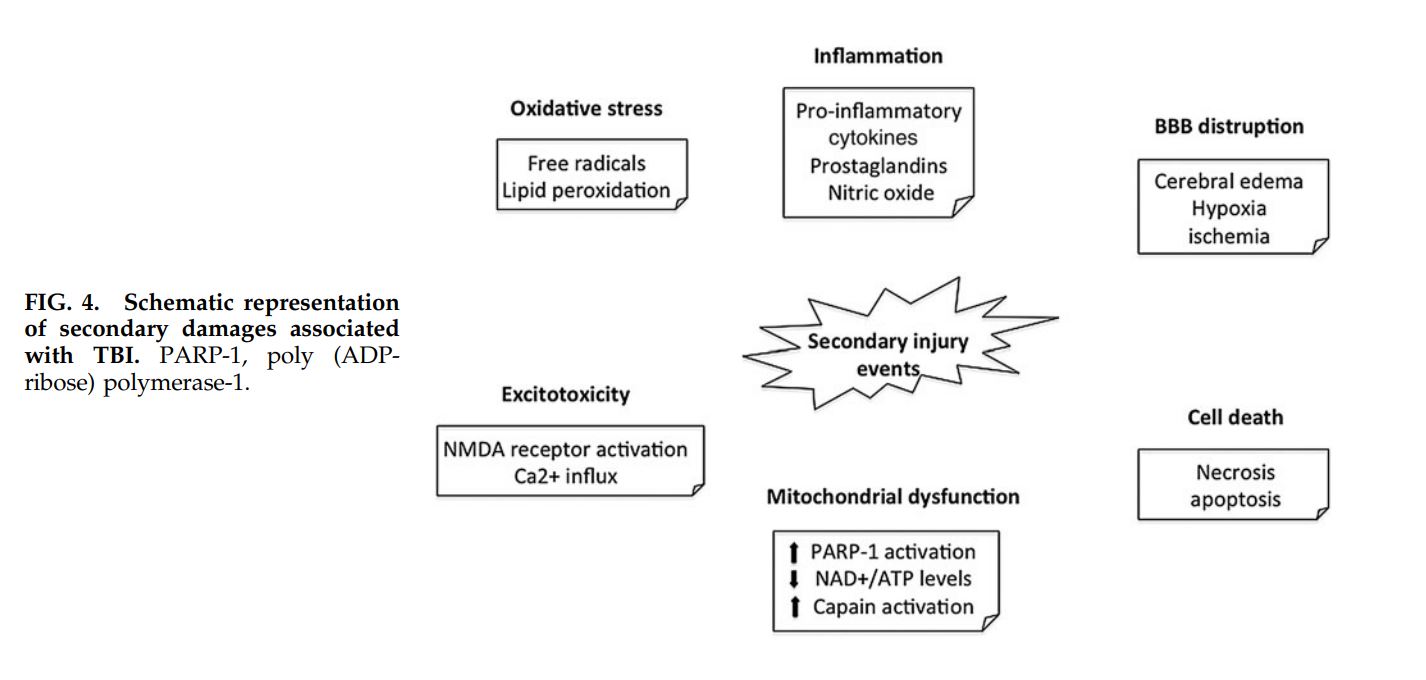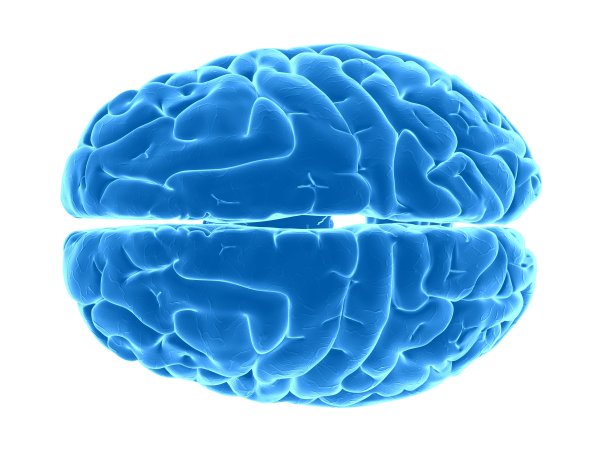Concussions are one of the brain diseases that are often overlooked. Too often approached as something that athletes can tough out, they have not been taken as a serious medical condition amongst laypeople until recent years. Investigations into chronic traumatic encephalopathy (CTE) based off of injuries from NFL players have caused concussions to come to the forefront of many conversations. Questions about how athletes conduct themselves and how they are treated when incidents occur have become increasingly important. Check out this quick 30-second video for a definition of a concussion.
As mentioned in the video, concussions are actually mild traumatic brain injuries, or mTBIs, which means they must be taken seriously in order to allow the brain and person to heal fully.
What happens after the hit?
Most people understand that a concussion typically occurs after a hit to the head. This is very common in sports like hockey, football, and soccer. That being said, the hit to the head is only the beginning of events occurring in the brain. An overview of the larger scale molecular events of concussion can be viewed at this video.
At an even smaller level, the stress that each cell undergoes from the hit is extensive. Newer research tells us that a massive influx of calcium into the cell is responsible for much of the downstream damage. The influx of calcium ions is due to an energy crisis that the cell experiences when under tremendous stress. Glutamate, a neurotransmitter, is released in very high quantities, one of the first steps in the crisis. As the cell tries to quarantine the immediate damage, longer term effects are made worse. One of the cellular responses is for the mitochondria to take in large amounts of calcium ions to try and prevent massive downstream signaling cascades in the cell. This, however, is only a temporary fix because it quickly leads to worsening states like oxidative stress and inflammation responses. Many of the secondary effects of concussion can be seen in this graphic.

Overall, the cellular chemistry is altered so much, as is energy metabolism, that there is a wide-reaching effect on the brain that is difficult to correct and lasts for many days. This is why concussions are so dangerous, especially for people that are put in situations where the brain could be injured again.
A second hit, a major impact
Second impact syndrome (SIS) occurs when a person receives a head injury (diagnosed or undiagnosed) and is exposed to conditions where another injury occurs soon after. SIS is so severe that it can cause cerebral swelling, brain herniation, and can be fatal. This occurs most commonly in young athletes where protocol for head injury is not followed or symptoms go unreported. It can be devastating for young families that lose a child to SIS, especially because it is not understood or reported on effectively. Please read more here to know the signs and symptoms as well as why toughing out a concussion is an extremely dangerous attitude.
Hit Too Hard
As sports and activities in general become more aggressive and physically demanding, head injuries must remain an important topic of research and must evoke important preventative strategies. Serious long-term effects including dementia, increased Alzheimer’s and Parkinson’s disease risk, and lifelong brain damage can result when concussions aren’t taken seriously. Education, prevention, and careful risk assessment can hopefully protect kids and adults from the serious consequences.
